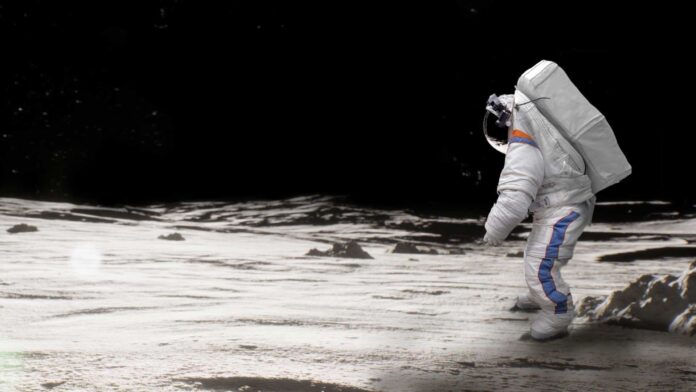Nokia and its partners took great care to ensure that the network survives the 239,000-mile journey to the Moon
Nokia said it has completed the final integration of its Lunar Surface Communication System (LSCS) into Intuitive Machines’ IM-2 mission lander, called Athena. The milestone means that the LSCS is ready to blast off to the lunar south pole region during the IM-2 mission, which is scheduled to launch from the NASA Kennedy Space Center “no earlier than late February.”
Nokia Bell Labs worked with Intuitive Machines for several months to test and validate the installation of the LSCS “network in a box” to one of Athena’s upper carbon-composite panels. The pair took great care to ensure that the network survives the “stress” of take off and landing and the 239,000-mile journey to the Moon. “Each of the 14 mounting points is thermally isolated to keep the network insulated from the extremely low temperatures of deep space,” explained Nokia in a statement. “Intuitive Machines also integrated the network into Athena’s Thermal Protection System. This system will expel heat when the network is operating, and it will supply heat to protect the network when it is idle.”
While LSCS utilizes the same 4G/LTE cellular technology used by billions of devices on Earth, Nokia noted that the system has been “reconceptualized” to meet the “unique requirements” of a lunar mission. “The network is engineered to handle surface connectivity between the lander and vehicles, carrying high-definition video streaming, command-and-control communications and telemetry data,” it said, adding that Intuitive Machines will relay data from the LSCS back to Earth using its direct-to-Earth data transmission service.
Upon arriving on the Moon, two vehicles — Intuitive Machines’ Micro-Nova Hopper and Lunar Outpost’s Mobile Autonomous Prospecting Platform (MAPP) rover — will exit Athena, immediately extend its antennas, and establish a connection to Nokia’s cellular network on Athena. From there, the MAPP rover will explore the Moon’s south pole region, mapping the lunar surface and collecting stereo imagery and environmental data.
“We intend to prove that cellular technologies can provide the reliable, high-capacity and efficient connectivity needed for future crewed and uncrewed missions to the Moon and eventually Mars. Cellular technology has irrevocably transformed the way we communicate on Earth. There’s no reason it can’t do the same for communications on other worlds,” Commented Thierry E. Klein, president of Bell Labs solutions research at Nokia.
Nokia has been working on establishing a Moon-based cellular network for several years and the initial plan was for a late 2023 or early 2024 launch. Reasons for the delay are unclear.
For more information, check out Nokia Bell Labs’ blog posts about the project here and here.

